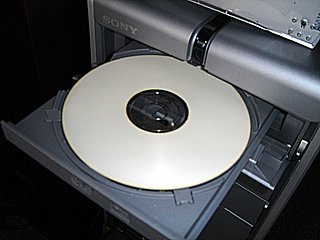---HARDWARE---
 |
__CPU- Central Processing Unit__ |
 |
| __RAM- Random Access Memory__ The part of the computer that temporarily holds a program and related files and manipulates data (non permanent). |
---PERIPHERALS---
INPUT DEVICES
 |
__Keyboard__ Keyboards are designed for the input of text and characters and also to control the operation of a computer. |
 |
__Mouse__ A mouse functions as a pointing device by detecting two-dimensional motion relative to its supporting surface. Physically, a mouse consists of a small case, held under one of the user's hands, with one or more buttons. |
 |
__Scanner__ Scanner is a device that analyzes images, printed text, or handwriting, or an object (such as an ornament) and converts it to a digital image. Most scanners today are variations of the desktop (or flatbed) scanner. |
OUTPUT DEVICES
 |
__Monitor__ Monitor is a piece of electrical equipment which displays viewable images generated by a computer without producing a permanent record. |
 |
__Printer__ Printer produces a hard copy (permanent human-readable text and/or graphics) of documents stored in electronic form, usually on physical print media such as paper or transparencies. |
 |
__Speakers__ Speakers are external speakers, commonly equipped with a low-power internal amplifier. The standard audio connection is a 3.5mm (1/8 inch) stereo jack plug often colour-coded lime green, following the PC 99 standard) for computer sound cards. |
STORAGE DEVICES
 |
__Hard Drive__ Hard drive a non-volatile storage device which stores digitally encoded data on rapidly rotating platters with magnetic surfaces. |
 |
__Floppy Drive__ |
 |
__Zip Drive__ Zip drive is a medium-capacity removable disk storage system, introduced by Iomega in late 1994. Originally it had a capacity of 100 MB, but later versions increased this to first 250 MB and then 750 MB. |
 |
__CD-ROM__ CD-ROM is a Compact Disc that contains data accessible by a computer. While the Compact Disc format was originally designed for music storage and playback, the format was later adapted to hold any form of binary data. CD-ROMs are popularly used to distribute computer software, including games and multimedia applications, though any data can be stored (up to the capacity limit of a disc). |
No comments:
Post a Comment